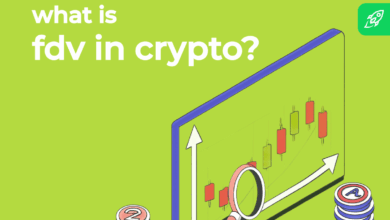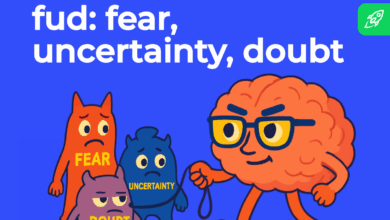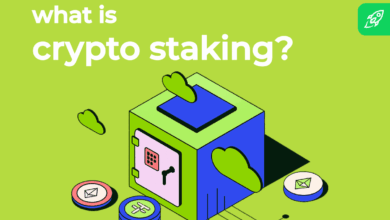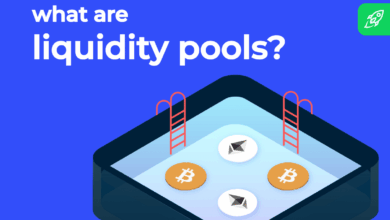What is zkSync? The zkSync Ecosystem Explained
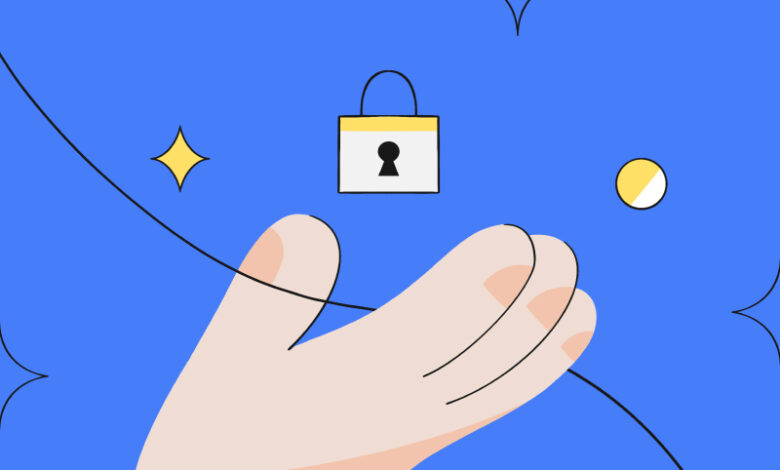
Selected statistic: The total amount of funds bridged to zkSync reached $115 million within 10 days of the public mainnet launch in April 2023 as users rushed to farm the airdrop of the Ethereum rollup’s expected native token.
The official zkSync crypto project started back in June 2020. Matter Labs, the start-up behind zkSync, has been working on the layer 2 scaling solution and zero-knowledge proofs at least one year before the official launch.
The creator of zkSync is a mostly-European team with headquarters in Berlin. The start-up keeps a low profile, with only the CEO and co-founder Alex Gluchowski and a few other managers publicly representing it.
The project is now known as zkSync Era since Matter Labs announced the rebranding of zkSync 2.0 into zkSync Era in February 2023.
ZkSync is a layer 2 solution for transferring Ether and ERC-20 tokens that uses zk-rollups as scaling technology. Similar to Optimistic rollups, zk-rollups roll up transactions off the Ethereum mainnet and submit transaction proofs. In simple words, a huge number of transactions are batched into one, which is verified and secured by Ethereum.
The layer 2 protocol positions itself as a scaling and privacy Ethereum-based engine. As the name suggests, it is built on zero-knowledge (ZK) rollup architecture for unlimited scaling. zero-knowledge-proof systems are associated with proactive cryptographic safety.
Rollups are used to combine the off-chain transactions into smaller transactions and transfer them to layer 1. Rollups can be divided into two categories: Zero-Knowledge and Optimistic.
A ZK rollup is the central component of the zkSync ecosystem. Simply put, zero-knowledge rollups or zk-rollups is a Layer 2 scalability solution that enables blockchains to validate transactions faster while ensuring that gas fees remain minimal. These rollups perform better than Layer 1 blockchains because they fuse on and off-chain processes.
Three primary components of zk-rollups include a smart contract, a prover, and a set of verifiers. Smart contracts deal with interactions between chains. A third-party prover is used to generate cryptographic proof of transaction validity, while verifiers present a group of nodes that are responsible for confirming such proofs and submitting them to the smart contract.
For example, zk-rollup solutions acknowledge that a particular transaction is true without revealing the proof of it. Basically, zk-rollups say: “Trust me on this”. This may sound a bit odd, but zero-knowledge proofs are deemed one of the best scaling and privacy solutions for the Ethereum ecosystem.
Layer 2 is a type of architecture implementation for scaling on Ethereum. The purpose of Layer 2 is to address main drawbacks of Ethereum, such as high gas fees and slow transactions. In fact, layer 2 is a separate blockchain that extends Ethereum.
How does Layer 2 actually work? A Layer 2 blockchain regularly communicates with Ethereum, by submitting bundles of transactions, with the objective to ensure it has similar decentralisation and security guarantees.
This explanation may sound complicated because it is hard to define Layer 2 without diving into Layer 1. Layer 1 in this case refers to the Ethereum blockchain itself and Layer 2 refers to the network that operates on Ethereum to enhance its scalability and overall efficiencies.
As explained above, zkSync era presents a layer 2 protocol that scales Ethereum. Therefore, zkSync believes that hyper-scalability is the endgame as it needs to meet Web3’s exponential demand.
The team’s mission is not just to increase Ethereum’s throughput, yet to fully preserve its foundational values such as decentralisation, self-sovereignty, and freedom while obtaining a high degree of scalability.
As for zkSync and their values, the team stated that they firmly stand for security, trustless scaling solutions, resilience, end-user well-being, and community ownership.
There is no zkSync token yet. Even though zkSync tokens are not currently available, the project launched its Fair Onboarding Alpha in February, along with the zkSync Era Mainnet Alpha becoming open to the public.
It has been noted that the team has potentially sent tokens to users who began utilising the zkSync Testnet. A token airdrop is expected to take place for early adopters to obtain these.
Many crypto projects decide to give away a portion of their tokens for free in an event called airdrop. Airdrops include sending a small amount of cryptocurrency to the wallets of participants.
It has already been announced by zkSync that they are going to launch their native token. The original rumour had it that an airdrop would take place in the first quarter of 2023. At time of writing, in April 2023, this has yet to happen.
In the mean time, users are already trying out the testnet and the mainnet to increase their chances of receiving the airdrop.
To improve your eligibility for a potential airdrop, look at interacting with the ecosystem and depositing liquidity. A suggested guideline to doing so follows.
Keep in mind that these activities don’t guarantee that you will get an airdrop. These are just examples that might improve your chances of qualifying based on experience from other airdrop programs.
Go to the official site and connect your layer 1 Ethereum wallet. Along with allowing you to start making swaps on the zkSync network, exploring the mainnet could qualify you for the expected airdrop.
Besides checking the mainnet, you could also consider trying bridging funds on the testnet. The zkSync testnet includes native applications, such as Orbiter Finance.
Using an application that is familiar to the testnet may increase your chances of participating in the airdrop. Additionally, you can bridge digital assets at low prices.
ZigZag Exchange is a platform where you can trade within the zkSync network. Once you deposit your funds on zkSync, you can start making trades on this DEX.
The ZigZag platform is powered by zk-rollups and provides a plethora of trading pairs. You can try out trading testnet tokens to increase your chances of getting the airdrop.
To increase your chances of getting an airdrop, you can visit Mintsquare and mint an NFT on zkSync mainnet. To start minting, simply add an image, name your non-fungible token (NFT), and click on ‘mint’.

